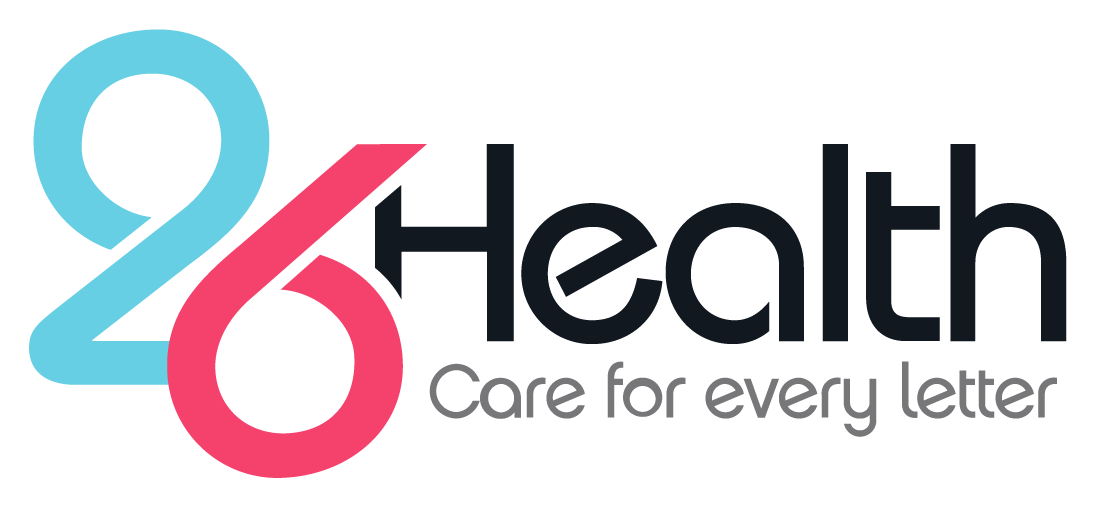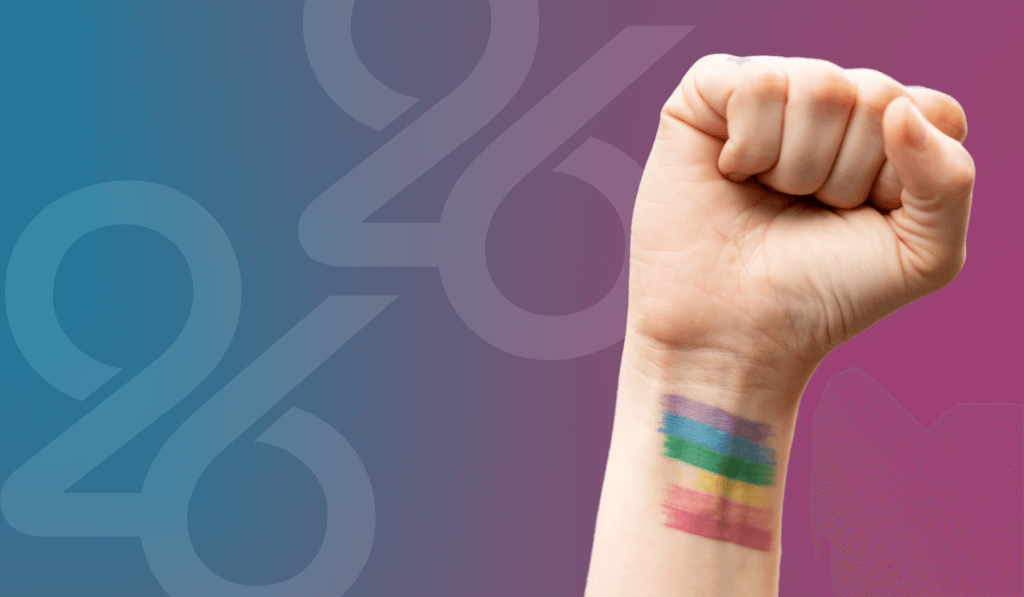The history of LGBTQ+ rights in the United States has always been turbulent. LGBTQ+ activists have worked tirelessly to advance the cause–and we have indeed seen significant strides in the past few decades–but with the progress of human rights comes political and sociological pushback. As such, the need for allyship continues.
So if you’re looking for more ideas on how to be an LGBTQ+ ally directly from the perspective of an LGBTQ+ person, keep reading!
Step 1: Respect the History of Pride as an LGBTQ+ Ally
My cisgender straight friends are always the most excited about going to Come Out With Pride every year. They love pride, and I love hanging out with them at pride. But in spite of all the excitement, we can never forget the saying, “The first pride was a riot.” Because it was, literally.
In June of 1969, transgender people of color led the way in standing up to police raids at The Stonewall Inn – a gay bar. This breaking point ignited LGBTQ+ equality movement and paved the way for subsequent pride marches, which have turned into parades and celebrations of queer culture today.
As you prepare to go to pride events with your friends, remember to have respect for the history of pride, and give your loved ones the spotlight and space to celebrate in the ways that feel most authentic and euphoric to them.
Step 2: Give Daily Support to LGBTQ+ Friends and Family
Showing up for your friends as an LGBTQ+ activist in the big moments is critical, but it’s also essential to recognize all the little papercuts they encounter on a day-to-day basis. Trying to create a space for your identity in a world that is built for cis, straight people can be taxing on the well-being of an LGBTQ+ person.
Luckily, there are some simple things you can do to lift up your friends:
- Recognize the signs of microaggressions being levied at LGBTQ+ people
- Familiarize yourself with the everyday life tasks that are more difficult for queer people
- Research affirming businesses and services for queer people
Some concrete examples you can start with are:
- Recommend queer-friendly doctors and places like 26Health where your loved ones can get care and feel safe.
- Identify and frequent stores with all-gender fitting areas with your queer friends and family.
- Go with your LGBTQ+ loved ones to queer-friendly hair salons where they can get a gender-affirming haircut.
Step 3: Create Space for LGBTQ+ Equality at Work
In the professional sphere, there are several things you can do to establish a safe and inclusive work culture. Make it a habit at work to not assume anyone’s pronouns. Be the one to state your pronouns and ask in meetings for people’s pronouns. Put them in your Zoom on-screen name and in your email signature. This helps normalize the idea that you should never assume someone’s pronouns.
Always correct coworkers who misgender another coworker, and again, do this especially when the person is not there. This will get people into the habit of respecting a person’s pronouns in general and not just in front of them. It’s also a less-awkward correction when it comes from someone other than the person who is being misgendered.
In the same way, you should never assume that a person is straight just because you think that they don’t “look” queer. When asking questions about significant others or family, don’t make gendered references about husbands, girlfriends, etc.
Step 4: Engage as an LGBTQ+ Ally In Your Community
You don’t have to have a ton of queer friends or coworkers to be an LGBTQ+ activist. Here are some ways to make a direct impact within your community:
- Seek out and support small, queer-owned businesses
- Look for LGBTQ+ people to help through crowdfunding
- Donate goods, money, and/or volunteer time to local LGBTQ+ organizations
- Show up to local queer-organized marches/vigils/protests
- Call your representatives to fight harmful bills and advocate for LGBTQ+ equality
If you don’t know where to start looking, check out the LGBT+ Center Orlando page for fundraising events, volunteer opportunities, and other ways to support the community.
Step 5: Avoid Performative Activism
Social media can be a powerful tool, but it can also be used for something called performative activism. This is where your posts are more about focusing on you as an LGBTQ+ ally rather than actually advocating for LGBTQ+ people by sharing info about queer-led events or directing the focus to queer voices.
Avoid falling into this trap by following up your social media engagement with real activism in your workspace, home life, and community.
Step 6: Get Started Now
Pick an idea and make a plan to get started today. We recommend you lead out by making sure your loved ones are covered in the mental and physical health space. If they don’t have access to such services lined up, consider pointing them to 26Health for gender-affirming care and transition support, counseling and therapy, primary healthcare, and more.
Thank you for your efforts to be a genuine ally to the LGBTQ+ folx in your life.

